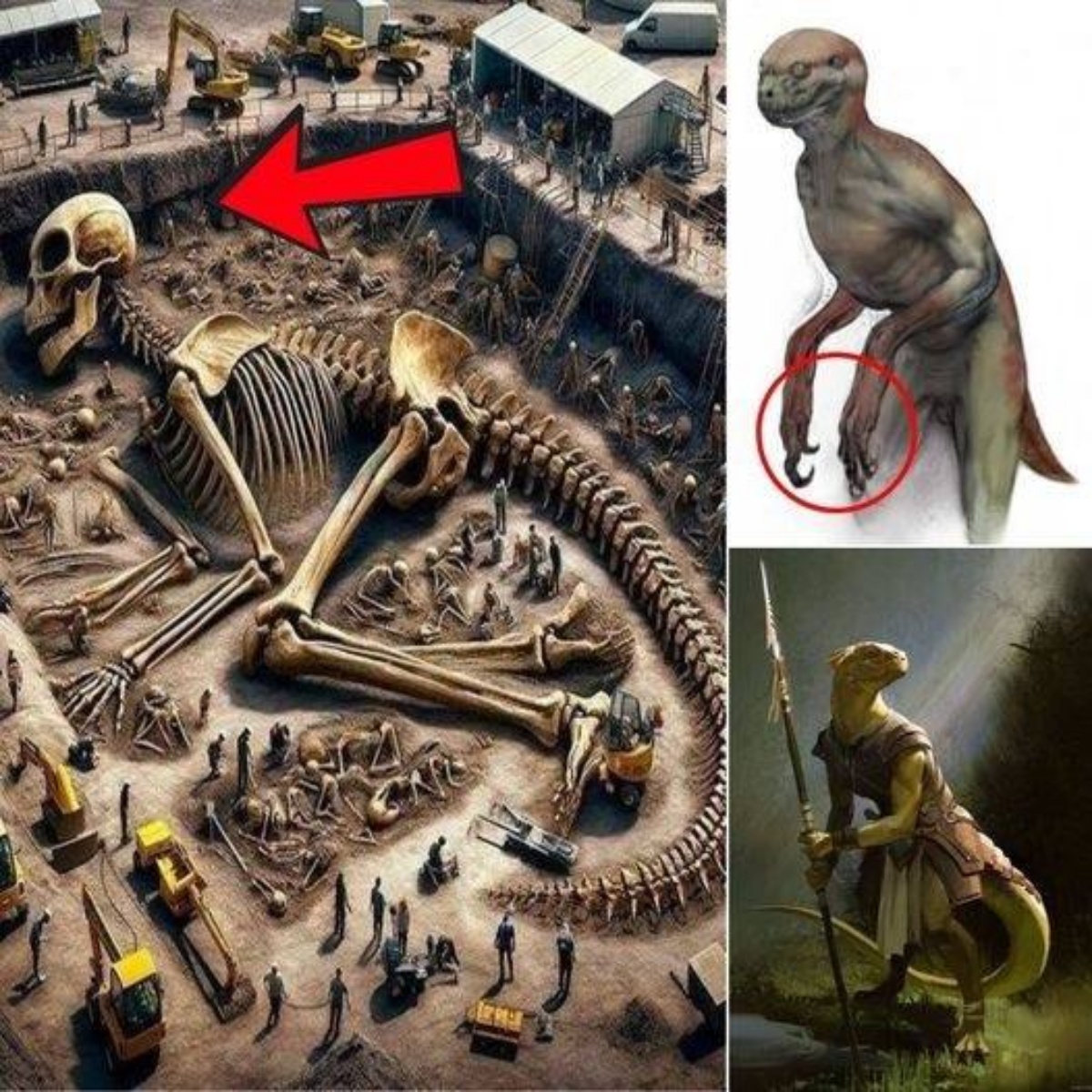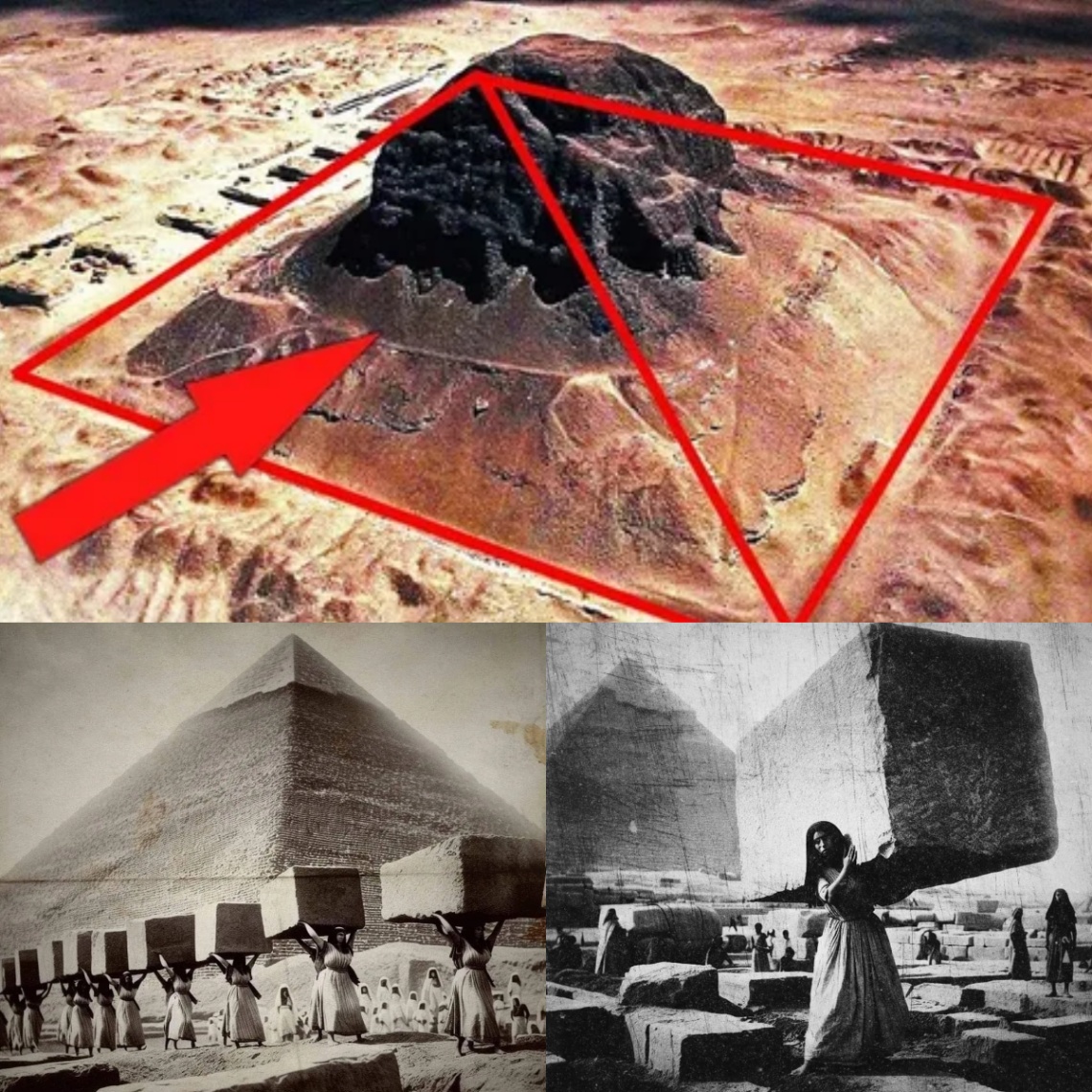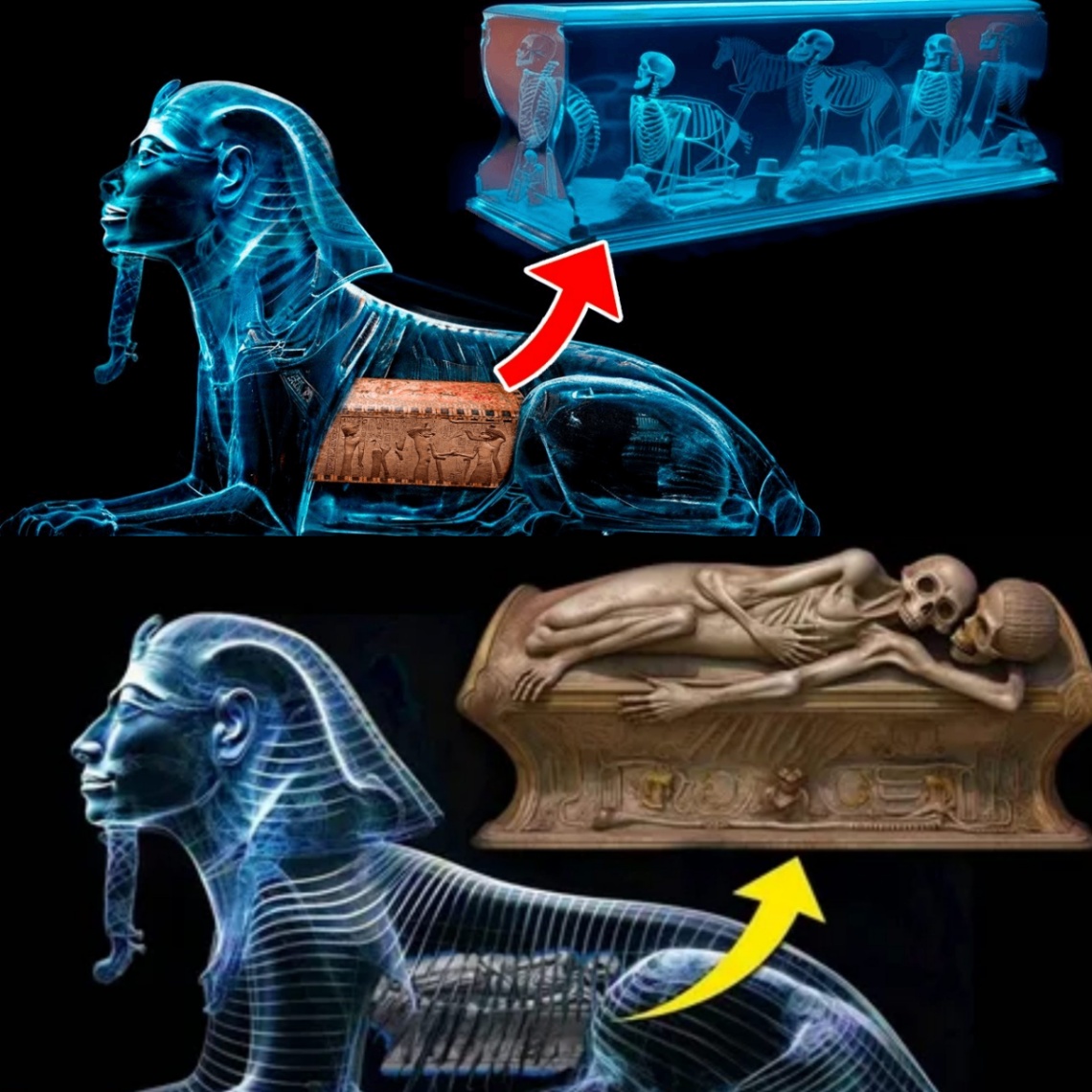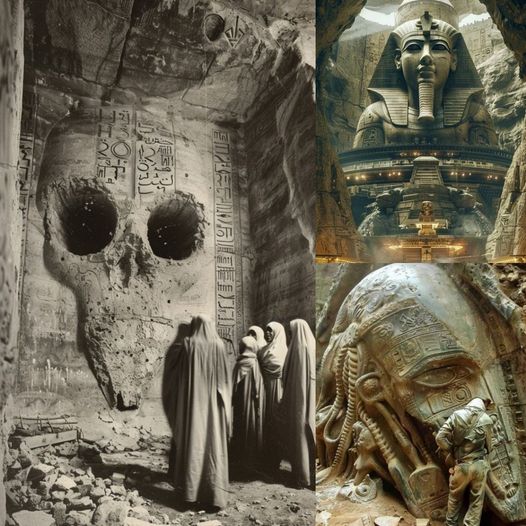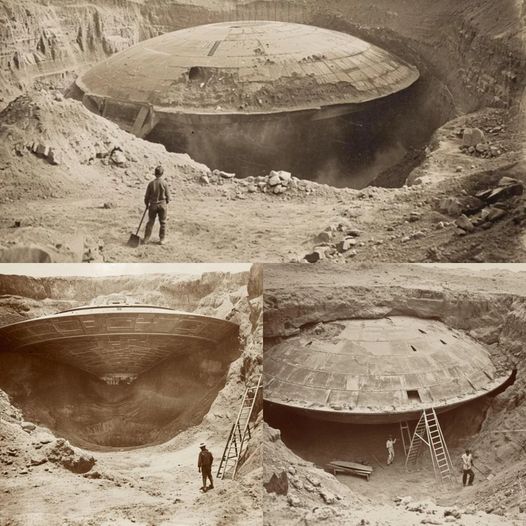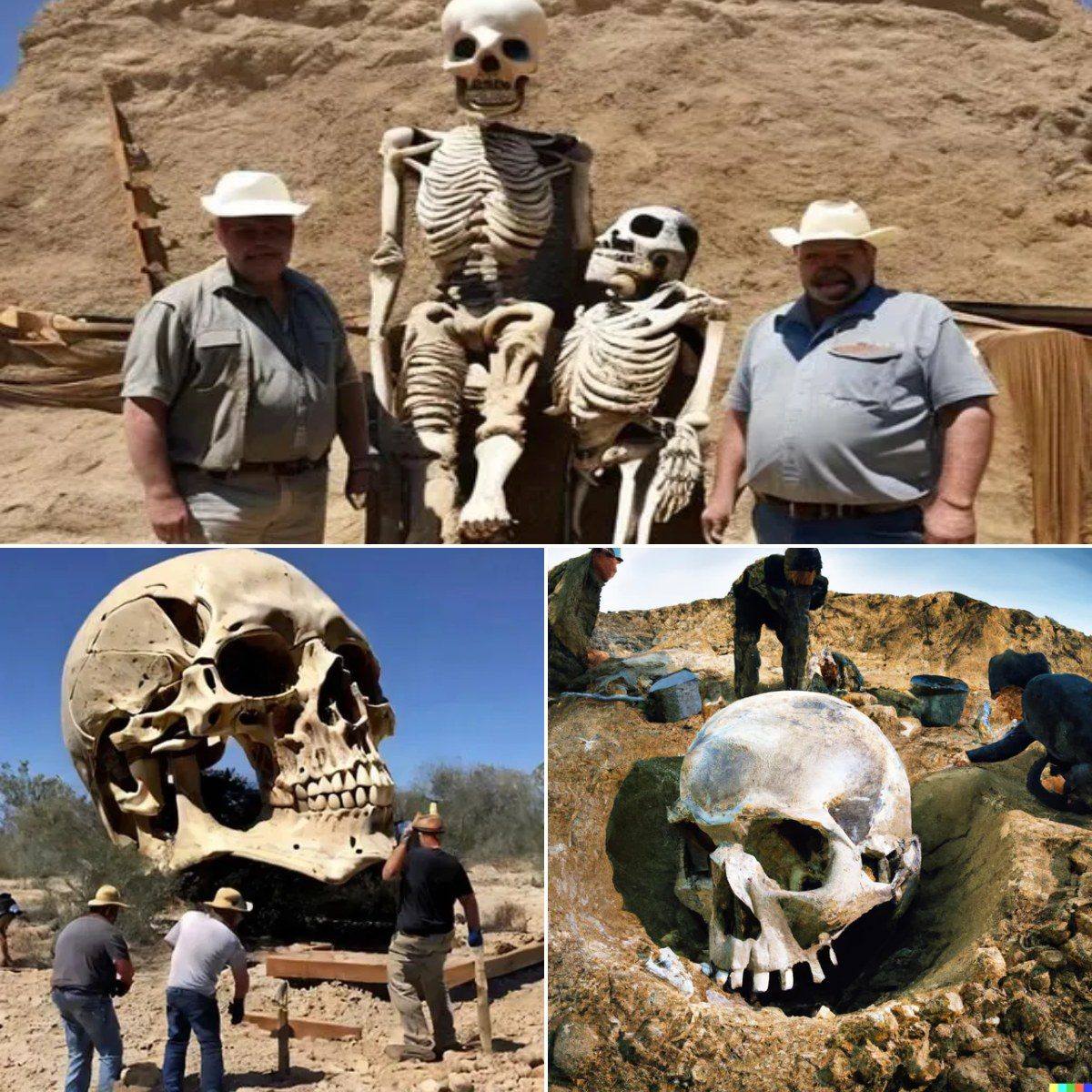It’s Saturn’s turn.
The JWST is aiming its powerful, gold-coated, segmented beryllium mirror at our Solar System’s second-largest, and perhaps most striking, planet. So far, we’ve only got a sneak preview of the raw images without any processing or scientific commentary.
But they’re a start.
We’re accustomed to gorgeous images of Saturn from the Hubble Space Telescope, especially as part of its OPAL (Outer Planets Atmospheres Legacy) observing program. Those images are not only scientifically rich, they’re also eye candy for the rest of us. But that’s not what these new Saturn images from the JWST are about.
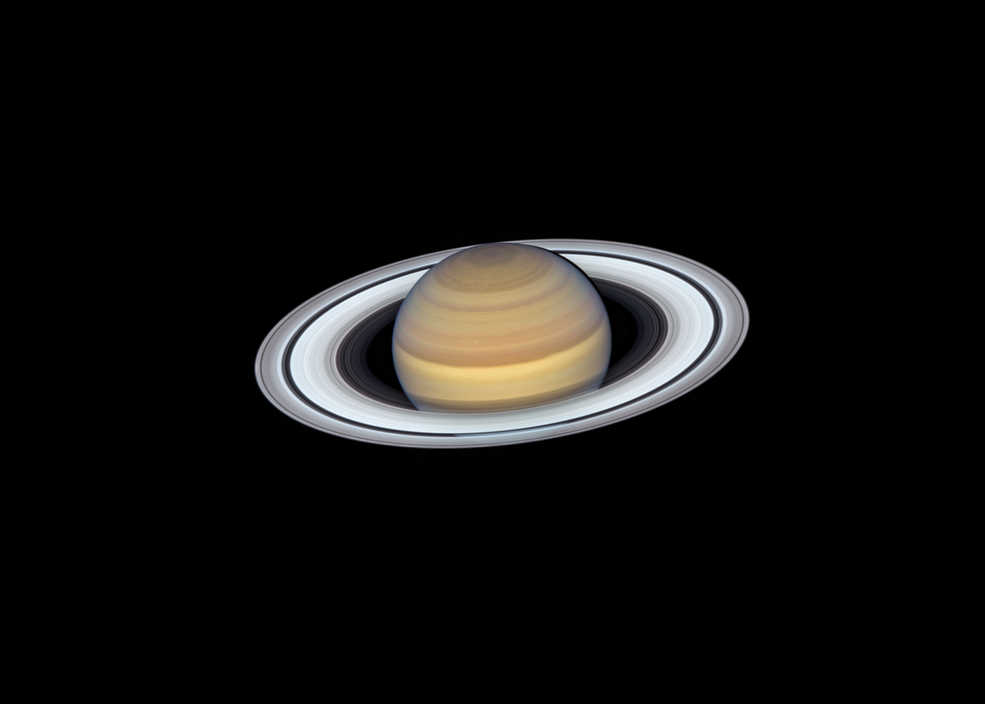
This Hubble Space Telescope image captures exquisite details of Saturn and its ring system. It’s from 2019 and is part of the Outer Planets Atmospheres Legacy (OPAL) project. Image Credits: NASA, ESA, A. Simon (GSFC), M.H. Wong (University of California, Berkeley) and the OPAL Team
These images are from a proposal that’s testing the JWST’s NIRCAM instrument and its ability to detect faint moons around bright planets like Saturn. Saturn has a confirmed 146 moons, not counting the thousands of moonlets embedded in its rings. But there may be other identifiable moons hidden beyond the reach of our previous technology. The JWST could find them.
Not only that but finding faint moons around Saturn will help find faint moons around other planets, even in other solar systems. “Deep spectra of selected small moons of Saturn (Epimetheus, Pandora, Pallene, and Telesto) with NIRSpec IFU will test the capacity of JWST to take deep spectra of faint targets near bright planets, which will be useful for ERS (Early Release Science) and GO (General Observers) of other planetary systems,” the proposal description explains.
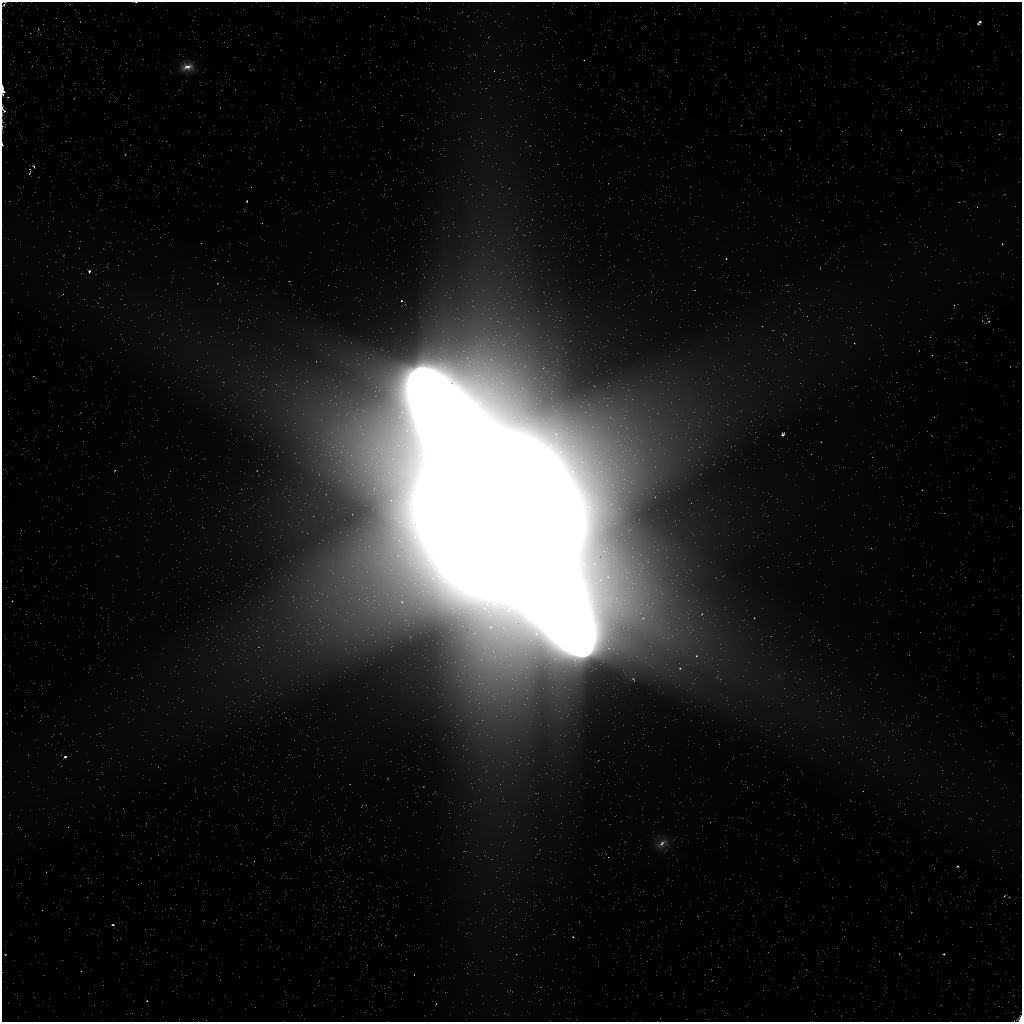
Ouch! My eyes! This one is in need of some processing, but it’s obviously Saturn. What else looks like this? Image Credit: Image Credit: NASA/CSA/ESA/STScI
These images are a peek behind the curtain of polished press releases and processed images—and scientific commentary. But they’re fascinating in their own way. For one thing, it shows how much work goes into turning raw images and data into something relatable.
Remember the ‘Cosmic Cliffs’ JWST image from last summer? It was a combination of images captured with the telescope’s MIRI and NIRCAM instruments with different filters.
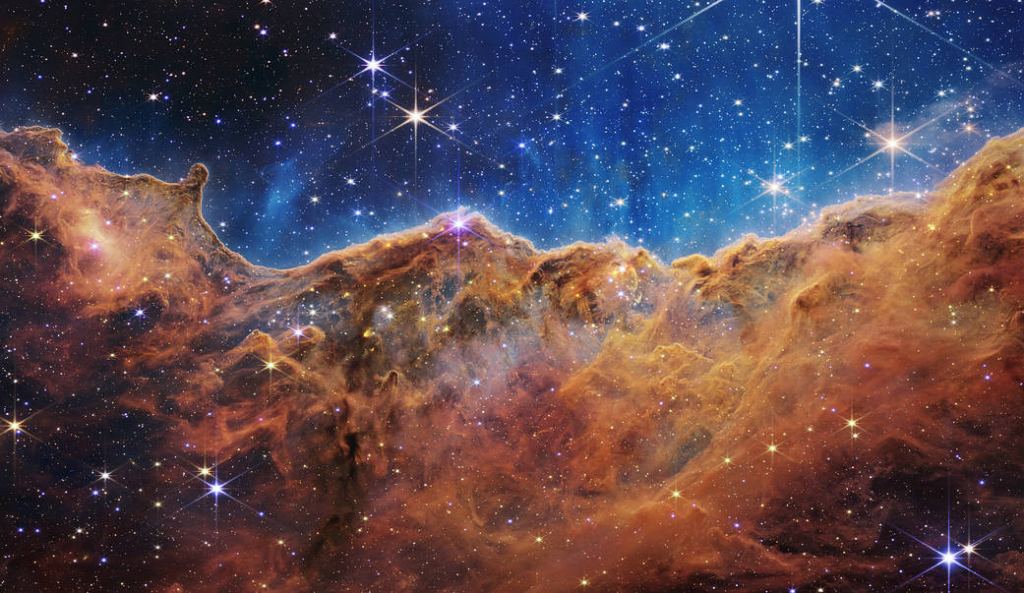
The JWST captured this stunning image of a portion of the Carina Nebula dubbed the ‘Cosmic Cliffs’ in July, 2022. Image Credit: NASA, ESA, CSA, and STScI
But the raw images looked much different. Here’s one of them.
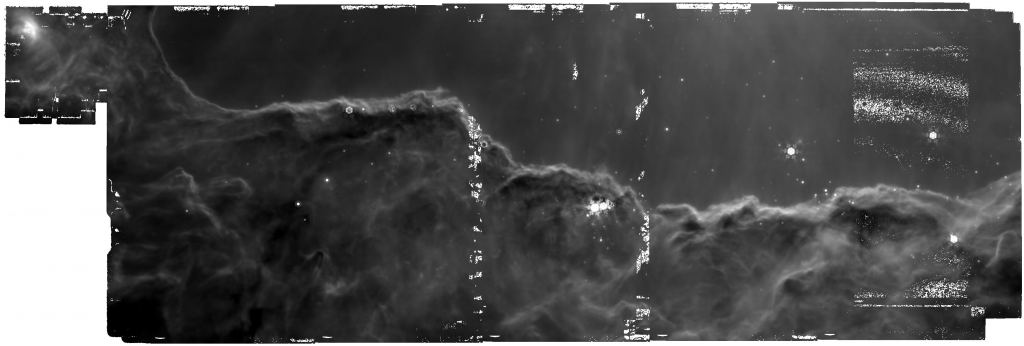
The JWST captured this raw image of NGC 3324, the Carina Nebula, with its MIRI instrument and the F1130W filter. It only starts to take shape when it’s processed and combined with other images. Image Credit. NASA, ESA, CSA, and STScI
Here’s another one, and this one looks more like what we’re accustomed to seeing in press releases and on websites.
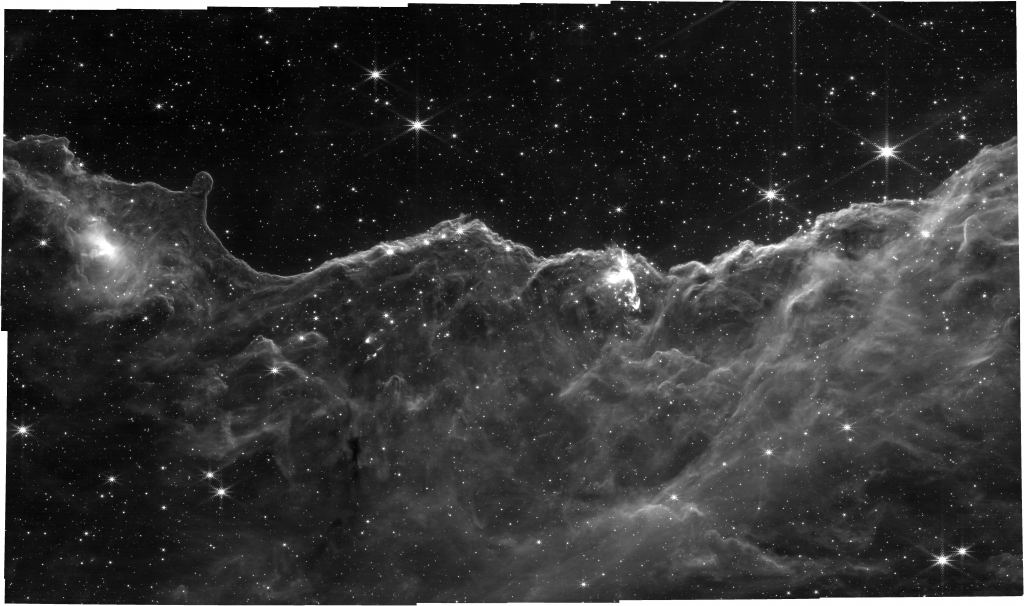
Another raw JWST image of the ‘Cosmic Cliffs’ feature in NGC 3324. This one was captured with NIRCAM and its F444W filter. Image Credit: NASA, ESA, CSA, and STScI
If the JWST’s images of Jupiter from a year ago are any indication, then once these raw images are processed, we’re in for a spellbinding display. JWST showed us Jupiter as we’ve never seen it before, and the images were stunning, something we’re beginning to expect from the telescope.
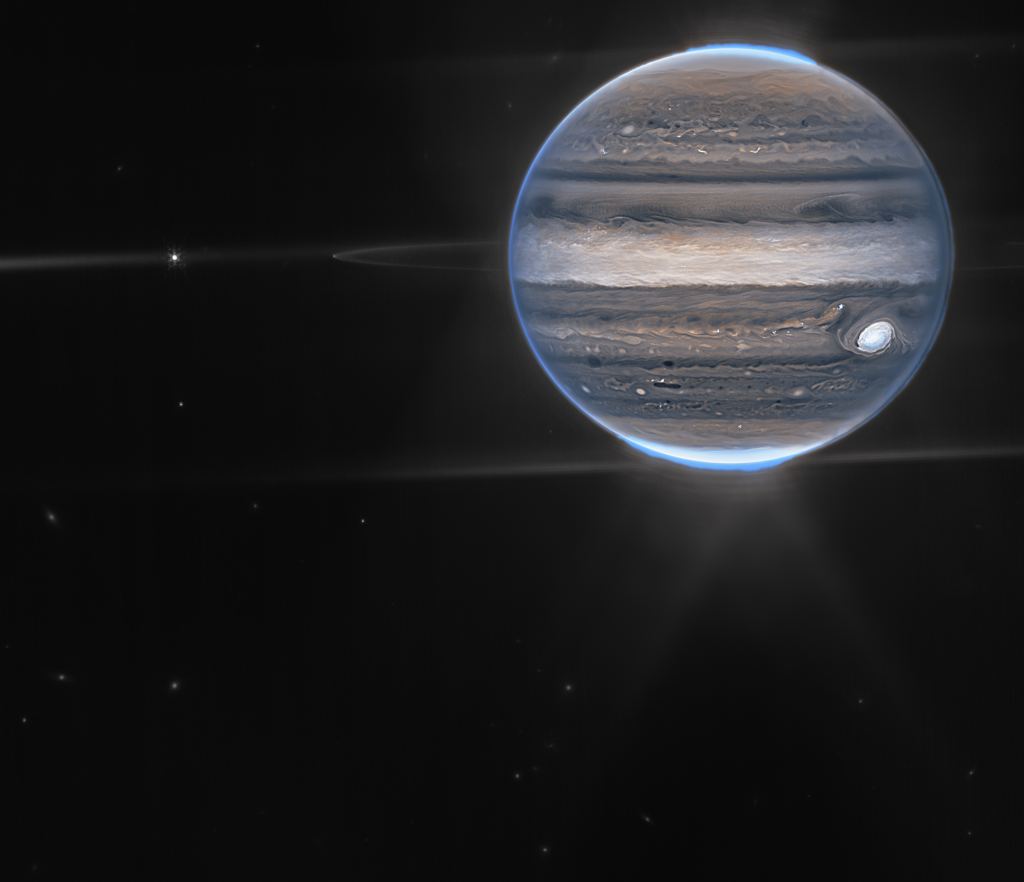
This JWST image of Jupiter practically jumps off the screen. We can’t wait to see its images of Saturn once they get the same treatment. Image Credit: NASA/CSA/ESA/STScI
There is a cadre of excellent astronomical image processors, including Judy Schmidt (aka Geckzilla), Kevin Gill, and others, who will no doubt bring these images of Saturn to life with their artistry. Who knows? Maybe they’ve already got their hands on them and are busy preparing them for us.
